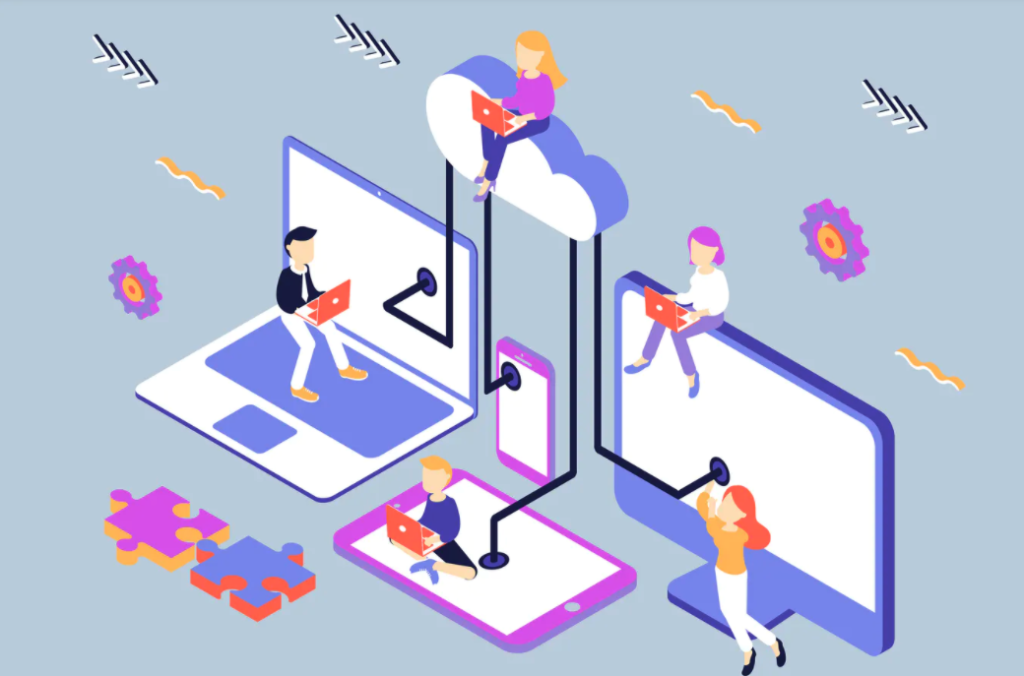
By Jason Warner
Blockchain carries around a cloud of uncertainty for most people. The connection to cryptocurrency has made it even fuzzier to understand since the ups and downs of Bitcoin, Ethereum and others put blockchain into an almost mystic world of its own. But the basics of blockchain are not that hard to understand and its value as a transformative technology for our future is real. For Edge Computing, local data storage and the protection of our personal information, blockchain is becoming a core component for enabling technology benefits at the Edge.
According to Wikipedia, blockchain is “is a growing list of records, called blocks, that are linked using cryptography. Each block contains a cryptographic hash of the previous block, a timestamp, and transaction data (generally represented as a Merkle tree)”. Huh? From this explanation, it is still not clear what blockchain is or the value to society as a whole. In more simplistic terms, blockchain is a data storage system.
For storing data, blockchain creates an ability to store data forever with ways to retrieve it should any single computer or data center filled with servers or a cloud server environment be compromised or crash. If you have ever lost your excel spreadsheet before saving because your computer crashed, a blockchain computer solution that autosaves could have helped prevent that because you would be able to pull a copy from the immutable record stored in other devices in your local area or through a hybrid cloud.
Security around this data is a primary benefit of blockchain systems. Blocks of data need to validate each other before access is granted. It gets complicated but once blocks are created, it is virtually impossible to attack and break into this data from the outside. It is not infallible, but the issue is typically human error that causes breaches because of access keys being stolen or lost.
Getting back to local storage and Edge Computing, blockchain uses nodes to talk to each other and connect the distributed ledgers that are central to blockchain. Most nodes today are computers and servers at data centers like Fortress Data Centers. But any device that is connected to the internet or a local network can be part of a mesh using blockchain. Your house could be made up of thousands of connected nodes that act as storage or processing centers. Sometime in the near future, we will have the ability to embed nanotechnology into anything manmade to create an interconnected fabric of data. Imagine when your windows become data storage units. Or your kitchen table and even the walls of your home. Because the blockchain replicates data, you won’t be at risk of losing your information if a baseball comes through the living room window. Or even if your house burns down because you are connected to a community mesh and up into the cloud.
Edge Computing is then engaged in processing data at the time of need. Artificial Intelligence uses this data to make your life easier, better and safer. Data Centers like Fortress become gateways to more powerful systems that keep the local and global cloud connected. We can even go so far as to create “comets” of personal data that flow with the owner no matter where they go in the world. That will be a topic of a future blog post but the use of blockchain for driving personal security of our identities is tremendous. When this happens, we won’t be worried that someone half a world away is stealing and using our information.
Blockchain will still be incomprehensible to most of us but the value for using it is becoming clearer all the time. We don’t need to know how an engine works in our cars to drive one. And with blockchain, we don’t need to know what is under its hood to use it. At Fortress Data Centers, we are connecting all of this by providing Mission-Critical Colocation, 5G enabled interconnectivity, hybrid cloud environments, Edge Computing and more. We are Local, Global and We Are Here.